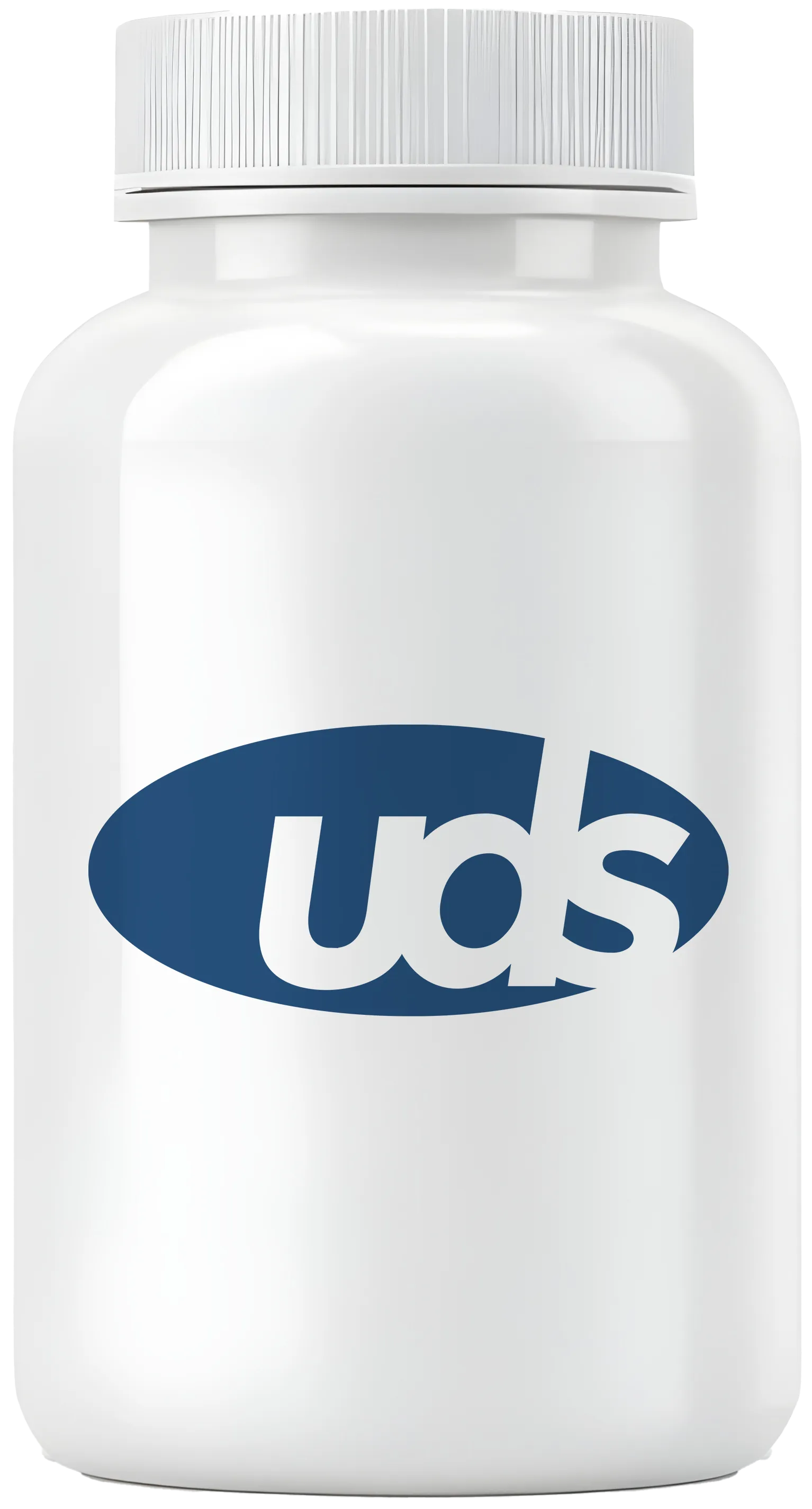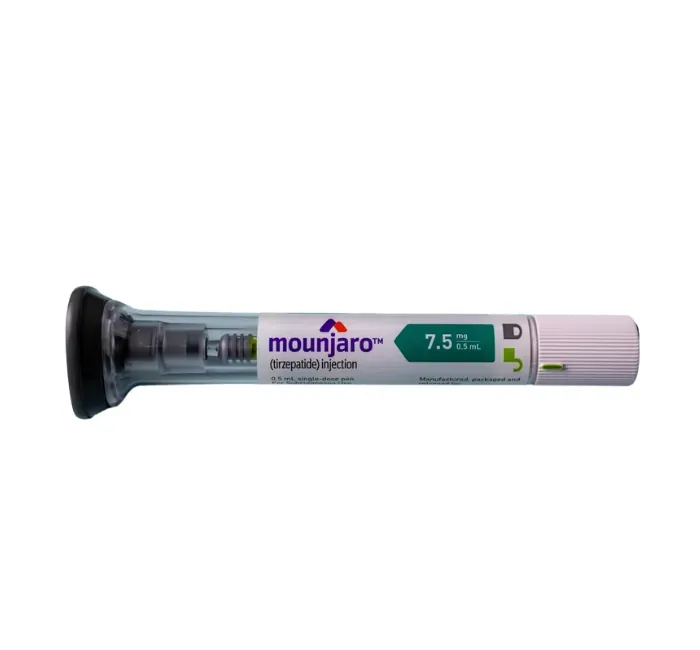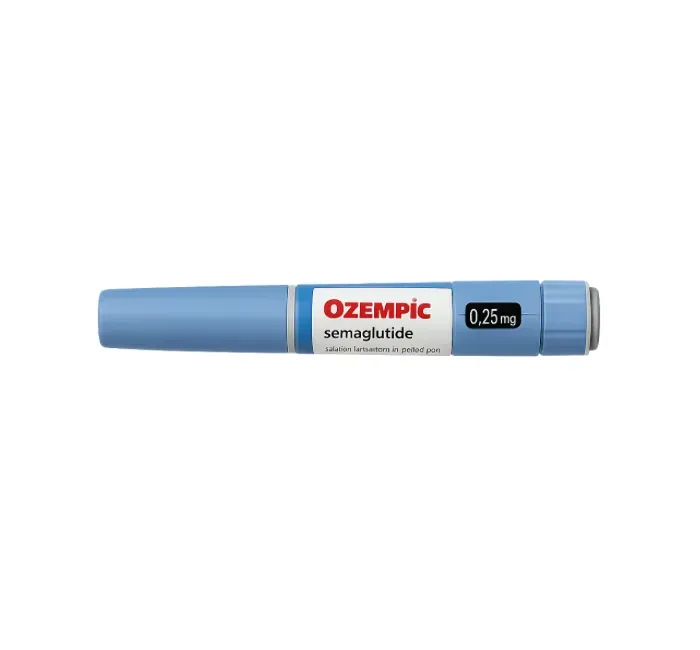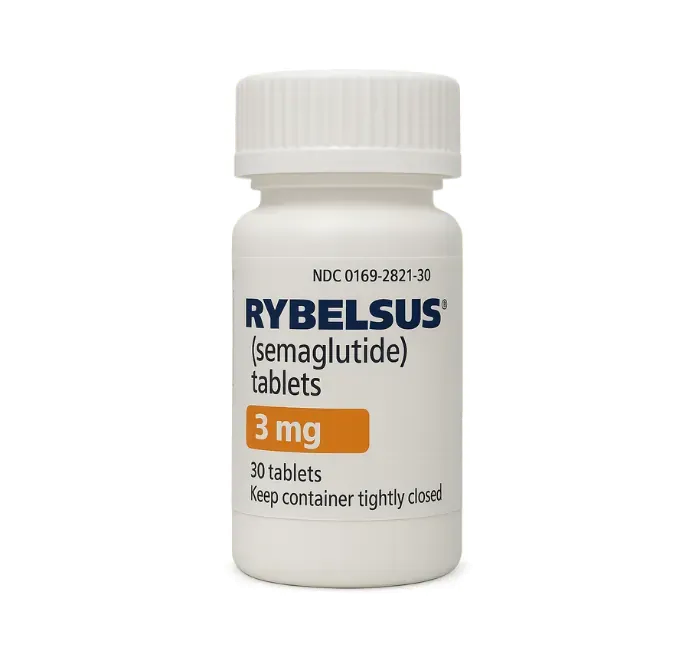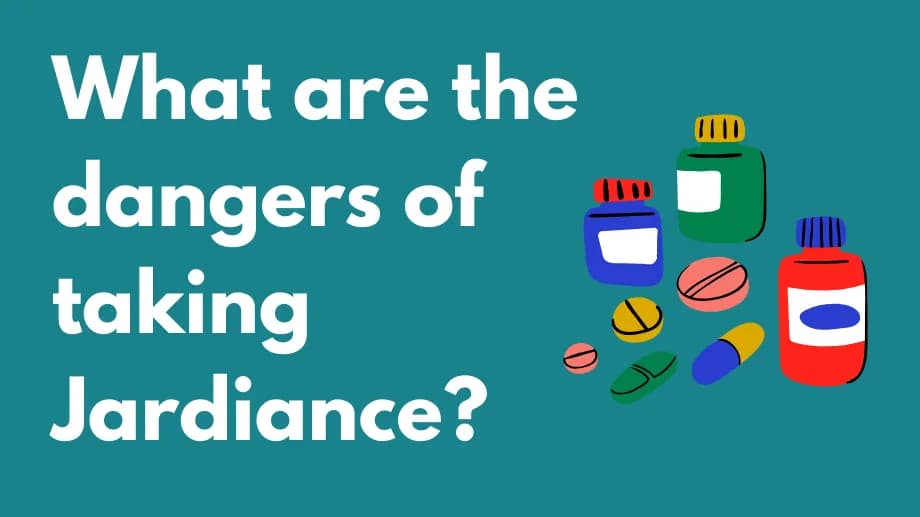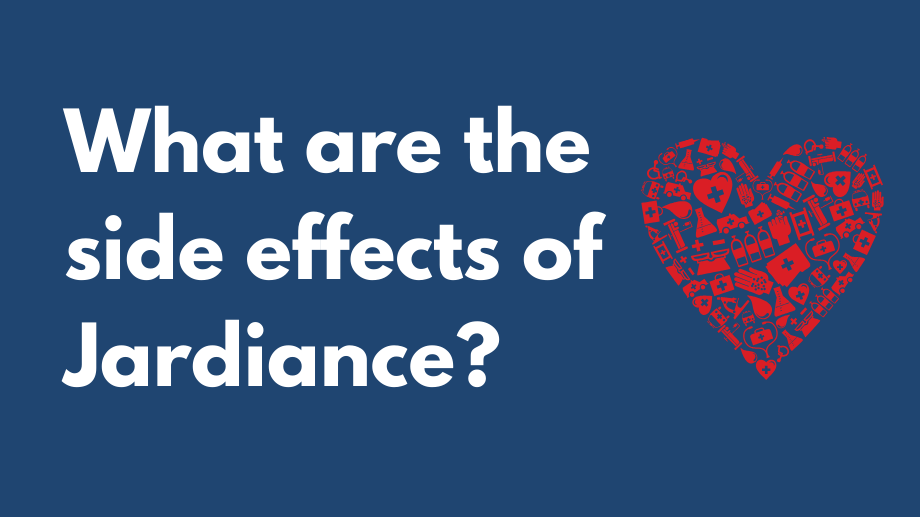What does jardiance do?
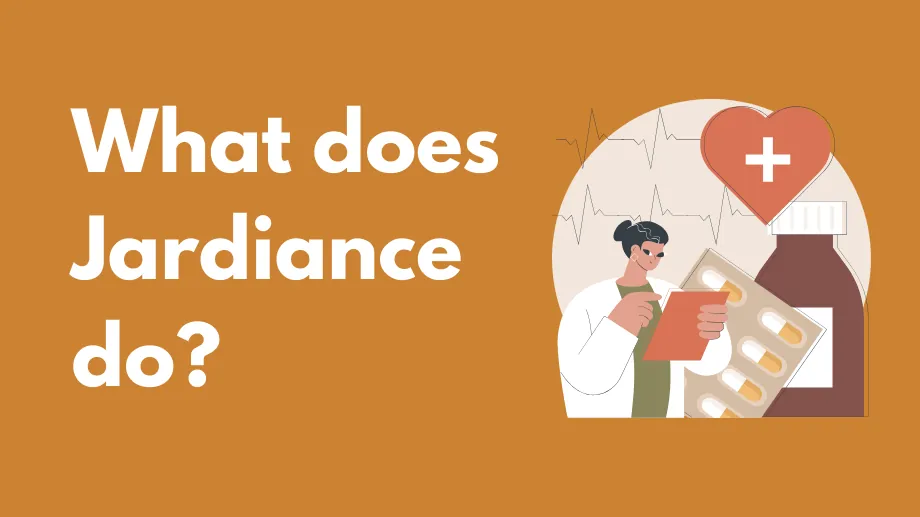
Jardiance (empagliflozin) is an SGLT2 inhibitor used in:
- Type 2 diabetes (T2DM): lowers blood sugar by blocking glucose reabsorption in the kidneys, causing excess glucose to be excreted in urine.
- Heart failure: promotes sodium and water excretion, reducing cardiac workload, and lowering risk of hospitalization and cardiovascular death.
- Chronic kidney disease (CKD): improves renal blood flow and reduces intraglomerular pressure, slowing CKD progression and cardiovascular risk.
How it works
Jardiance blocks the SGLT2 protein in renal proximal tubules, preventing reabsorption of glucose and sodium. This leads to:
- Glycosuria: lowers plasma glucose levels.
- Natriuresis and osmotic diuresis: reduces blood volume and cardiac/renal stress.
Common side effects
- Urinary tract infection (UTI)
- Vaginal yeast infection (females)
- Upper respiratory tract infection
- Increased cholesterol or triglycerides
- Increased urination
Other mild side effects
- Nausea
- Genital yeast infection (males)
- Joint pain
- Increased thirst
- Weight loss
Shop Medications
Serious side effects
- Diabetic ketoacidosis (DKA): nausea, vomiting, abdominal pain, fatigue, increased thirst, dry mouth, fruity breath, breathing difficulty
- Dehydration/hypotension: dizziness, lightheadedness, reduced urine output
- Hypoglycemia (with insulin or sulfonylureas): anxiety, shakiness, confusion, fatigue, hunger, rapid heartbeat
- Severe kidney infections (pyelonephritis, urosepsis): fever, chills, back pain, painful urination
- Necrotizing fasciitis (Fournier’s gangrene): severe genital/perineal pain, swelling, redness
- Amputations (rare): new foot/leg sores, ulcers, infections
- Allergic reactions: hives, rash, facial/lip/tongue swelling, breathing difficulty
- Pancreatitis: upper abdominal pain radiating to back, fever, nausea, vomiting
Who should not take Jardiance?
Contraindications:
- Hypersensitivity to empagliflozin or excipients
- End-stage renal disease or dialysis
Use with caution in:
- Type 1 diabetes (risk of DKA)
- Frequent genital/urinary infections
- Low blood pressure or volume depletion
- Pancreatic disease
- Pregnancy (avoid 2nd/3rd trimester) or breastfeeding
Onset of action
Blood sugar reduction begins within 1–2 weeks; full renal and cardiovascular benefits observed by week 24 in clinical trials.
Sources
- Jardiance [package insert]. Boehringer Ingelheim. Last updated 02/2022. Accessed Dec 9, 2024.
- FDA approves Jardiance to reduce cardiovascular death in adults with type 2 diabetes. U.S. FDA. Accessed Dec 9, 2024.
- Wanner C, et al. Empagliflozin and progression of kidney disease in type 2 diabetes. N Engl J Med. 2016. Accessed Dec 9, 2024.
- Zinman B, et al. Empagliflozin, cardiovascular outcomes, and mortality in type 2 diabetes. N Engl J Med. 2015. Accessed Dec 9, 2024.
